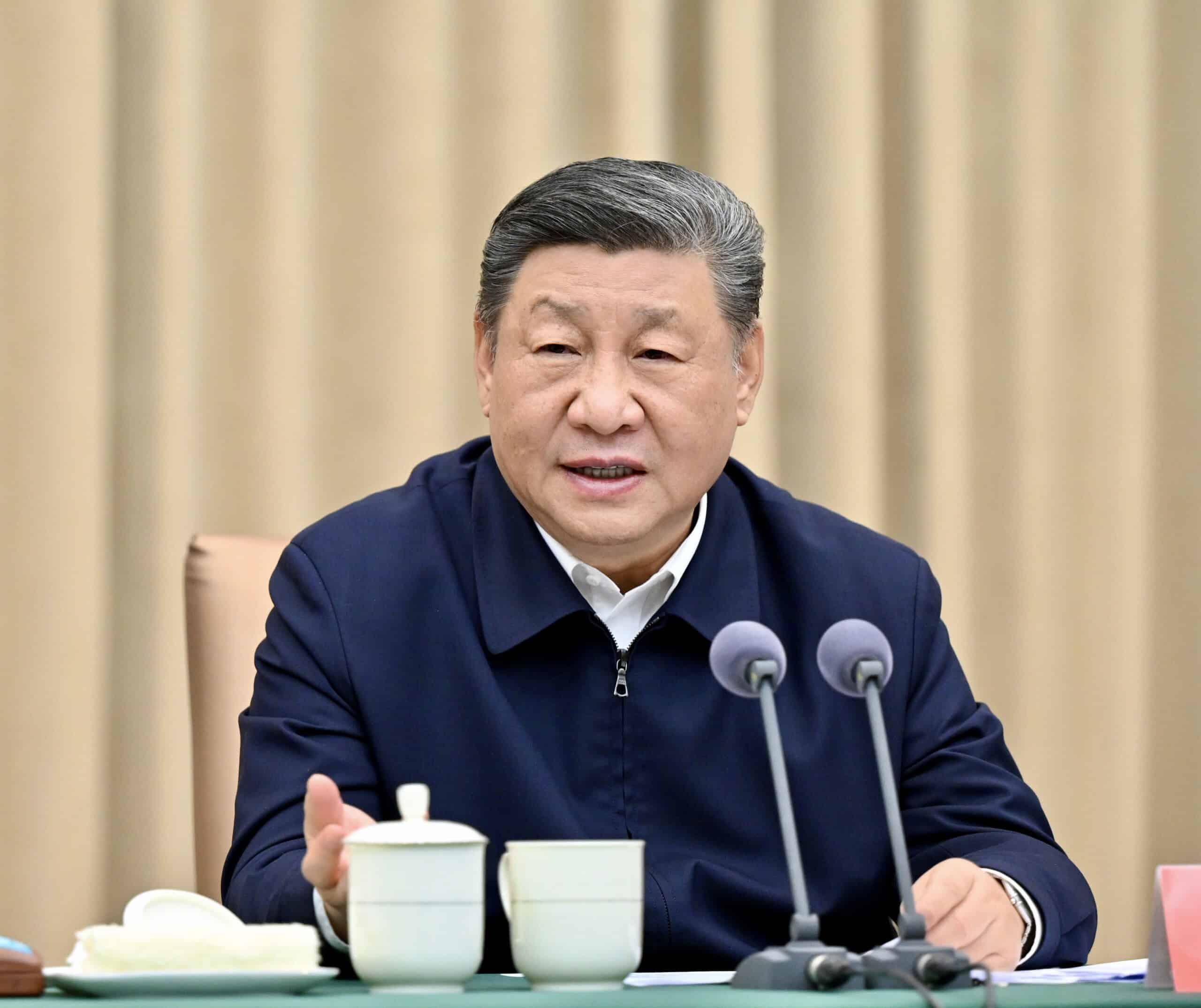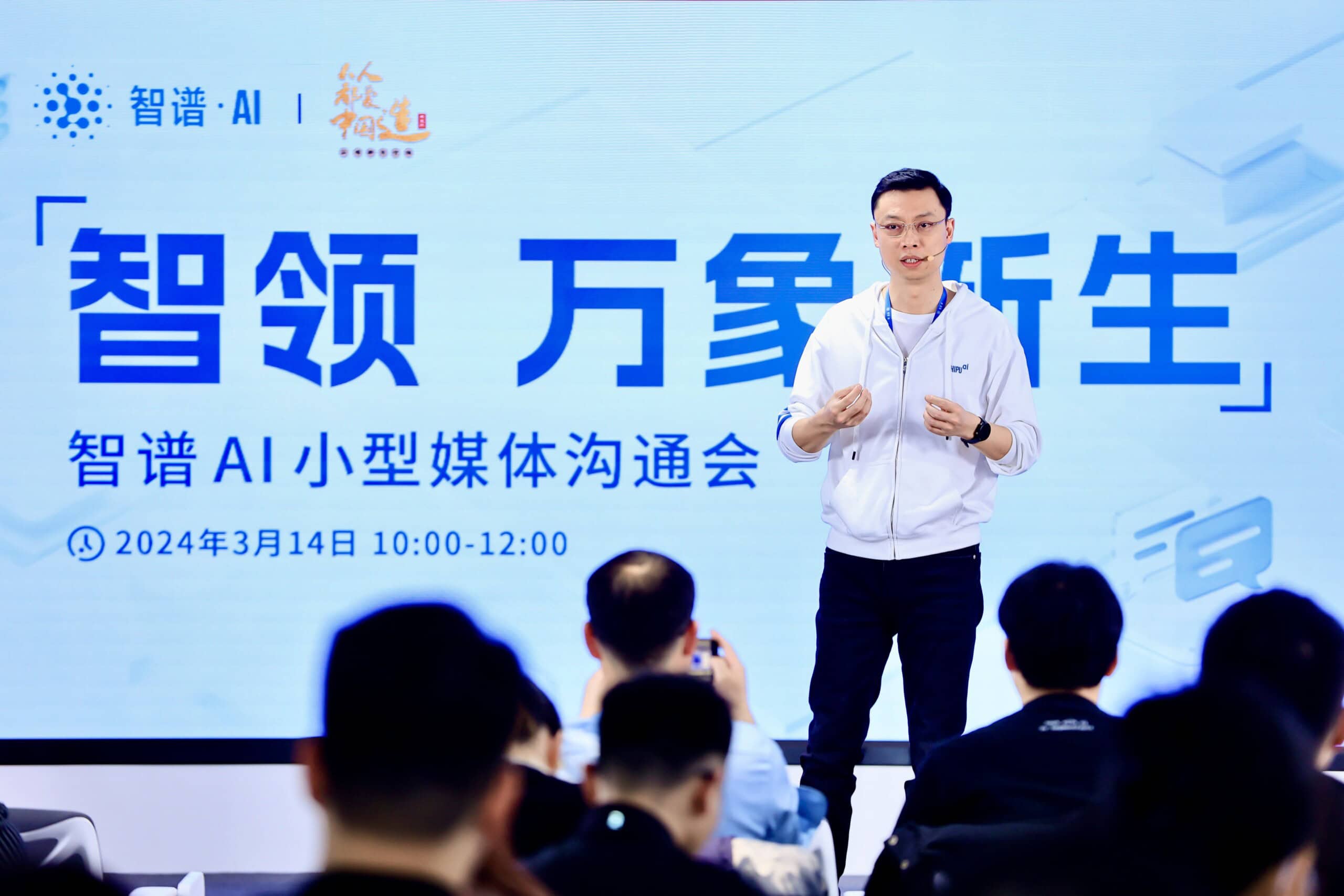Brad Setser’s writings on the international economy are must reading for policy makers, academics, and students of economic policy making. His iconoclastic views on China, trade and foreign currency have been influential with the Obama and Biden administrations. During the Obama administration, Setser was deputy assistant secretary for international economic analysis when the Treasury was pressing China to revalue its currency and shift away from a reliance on exports. In the Biden administrat
LISTEN NOW
Face-Off: U.S. vs. China
A podcast about the turbulent relationship between the world's two superpowers, the two men in charge, and the vital issues that affect us all.



